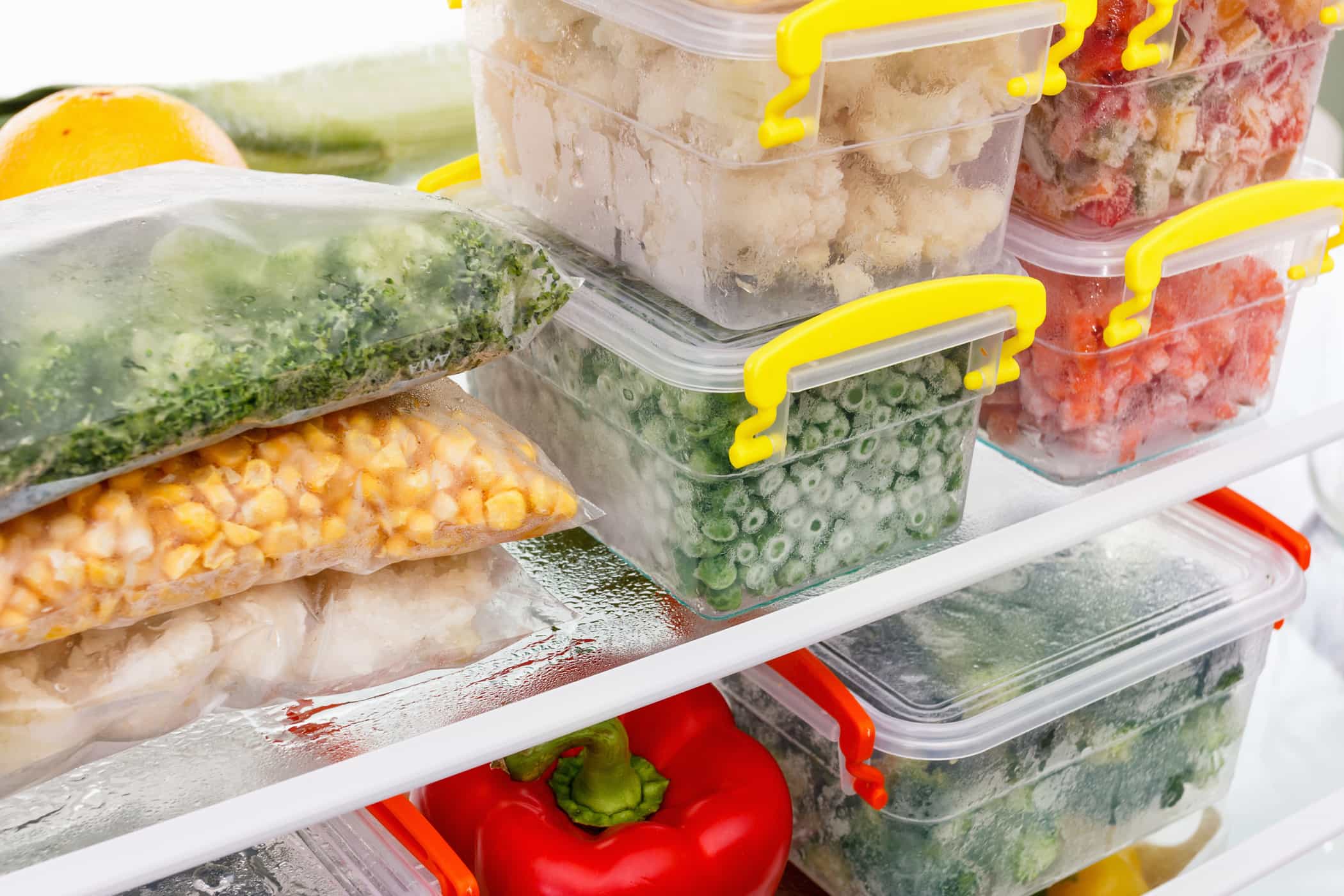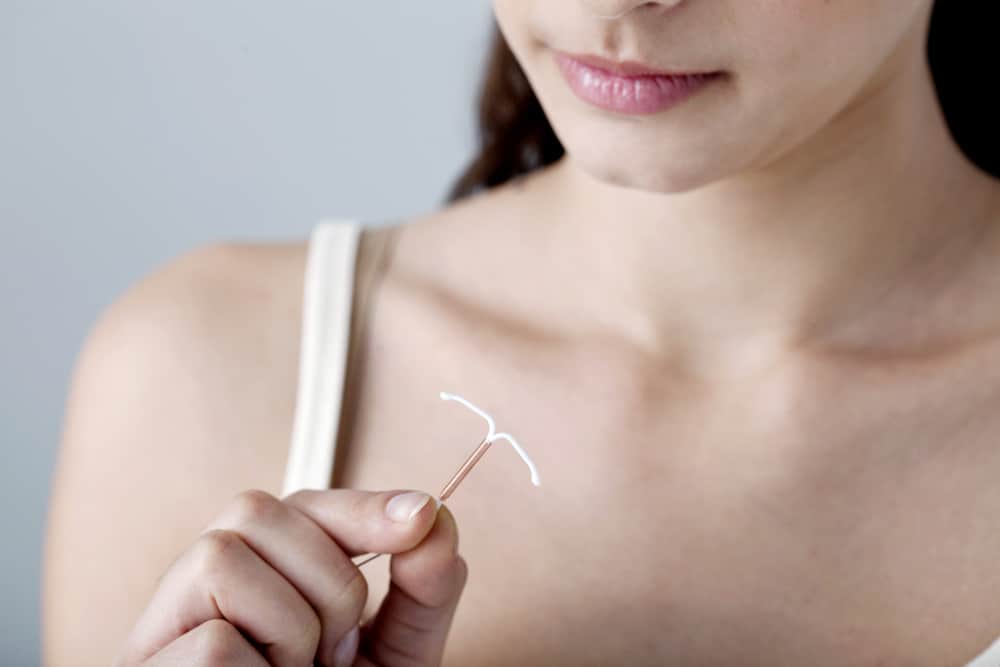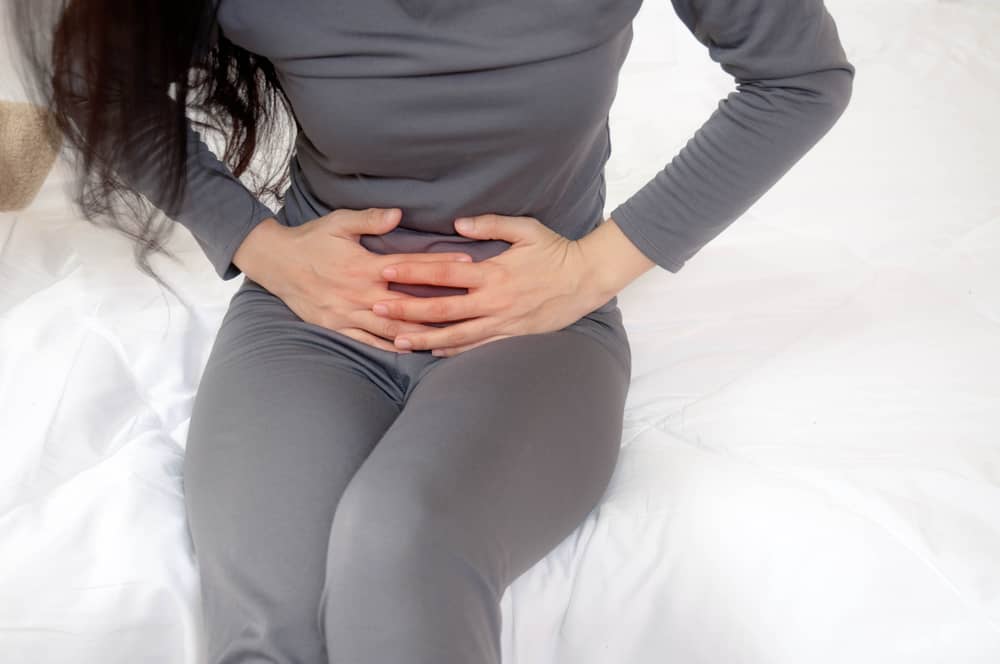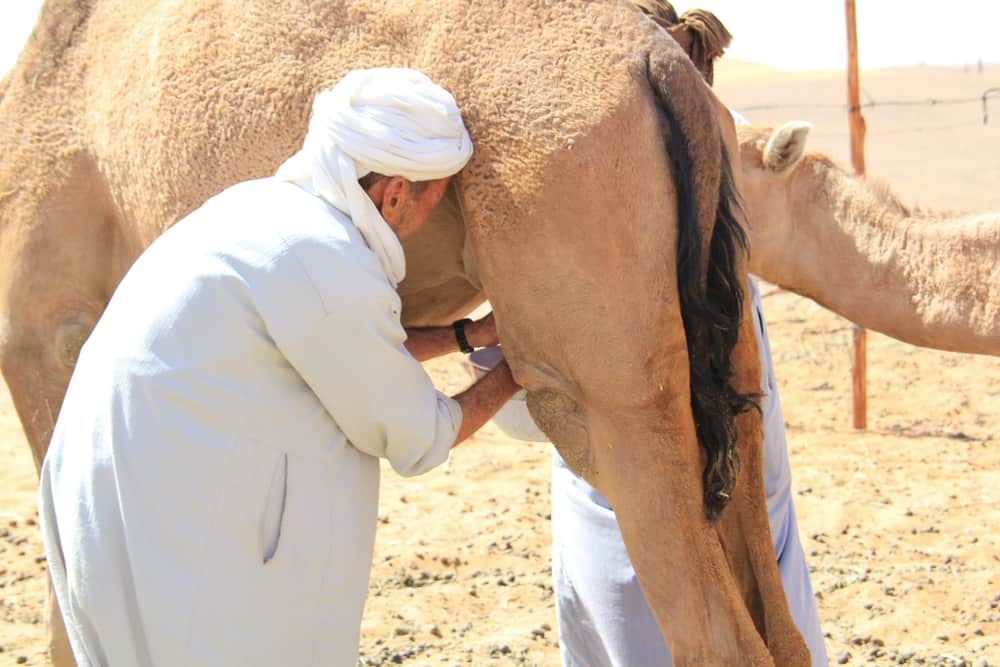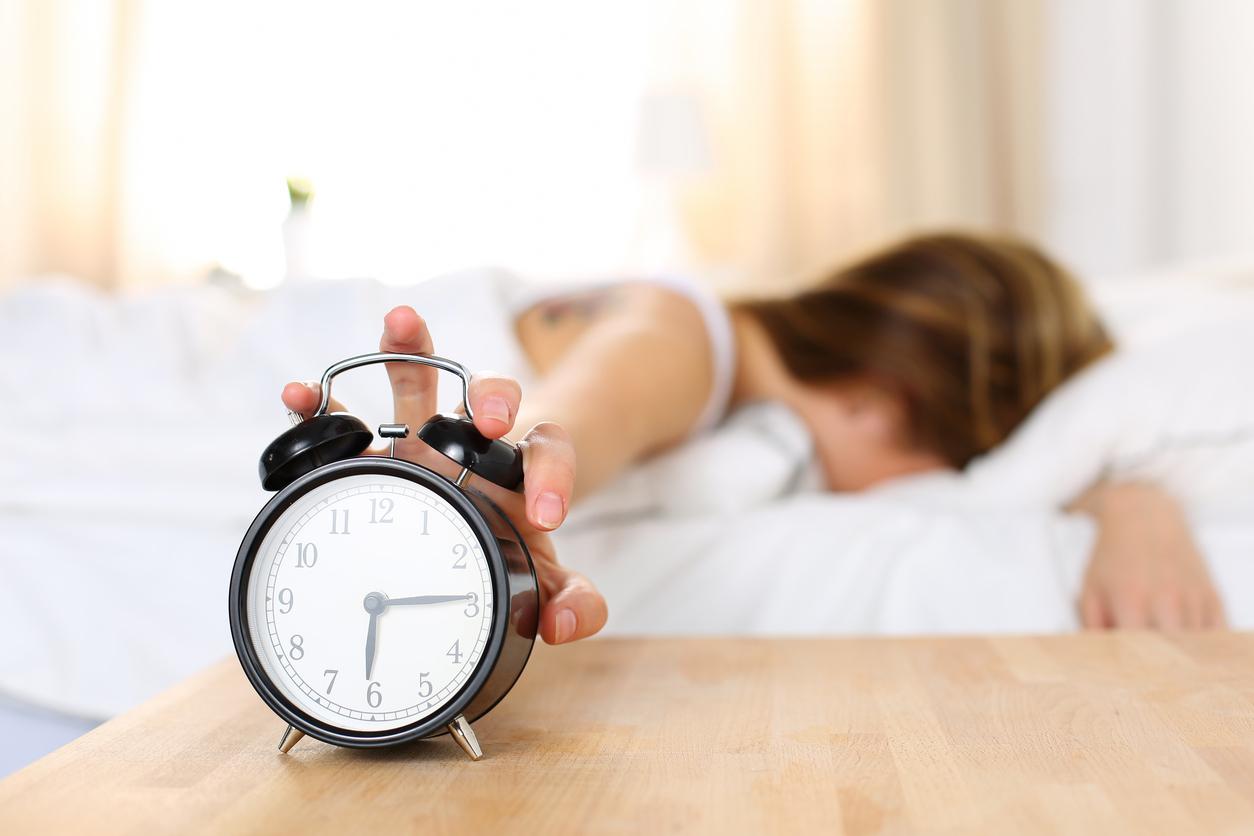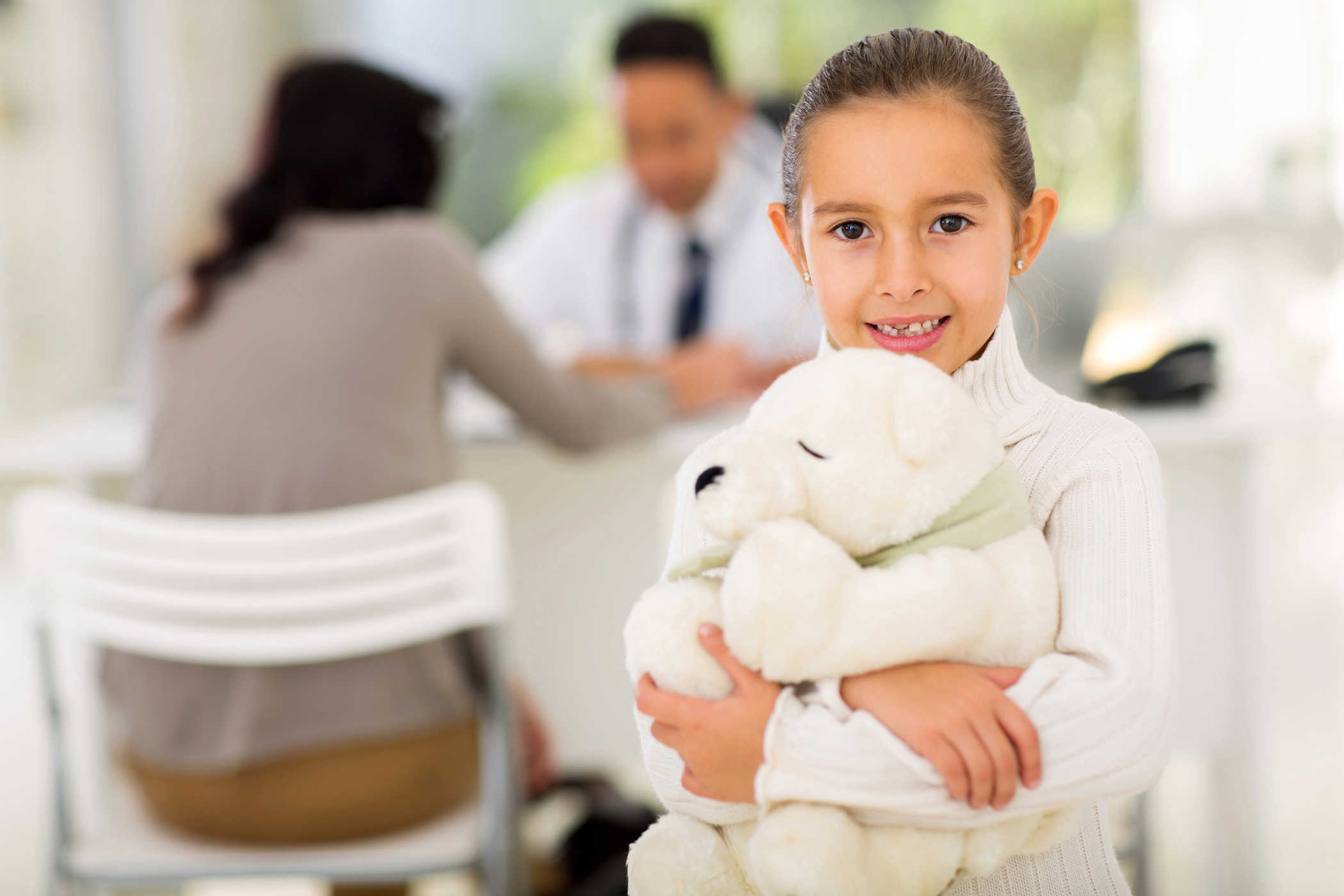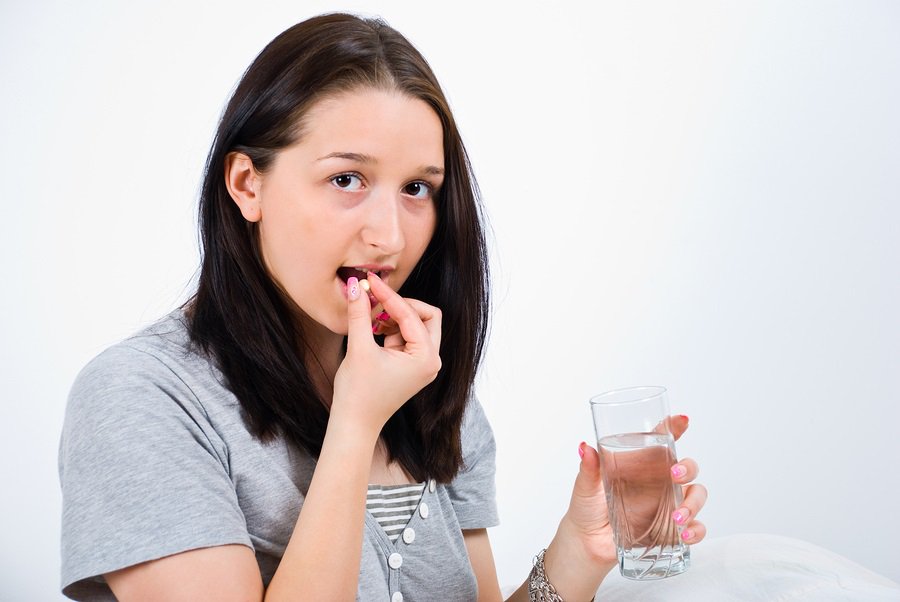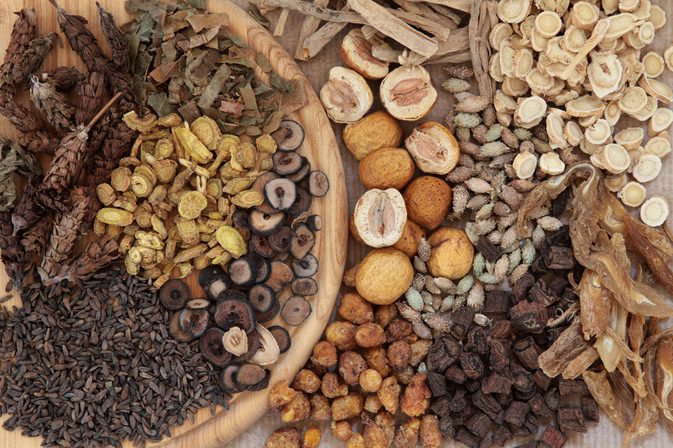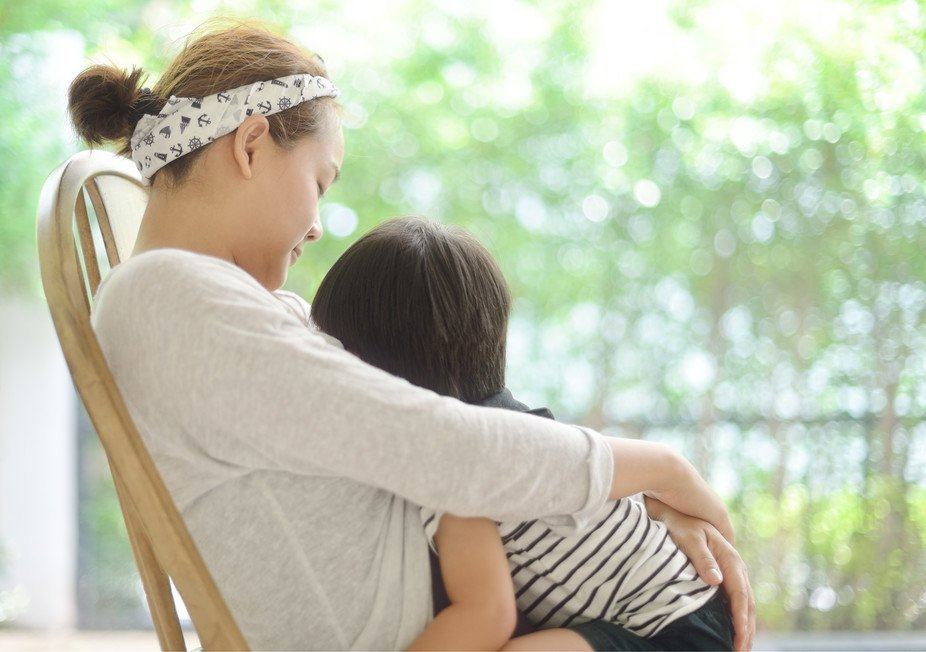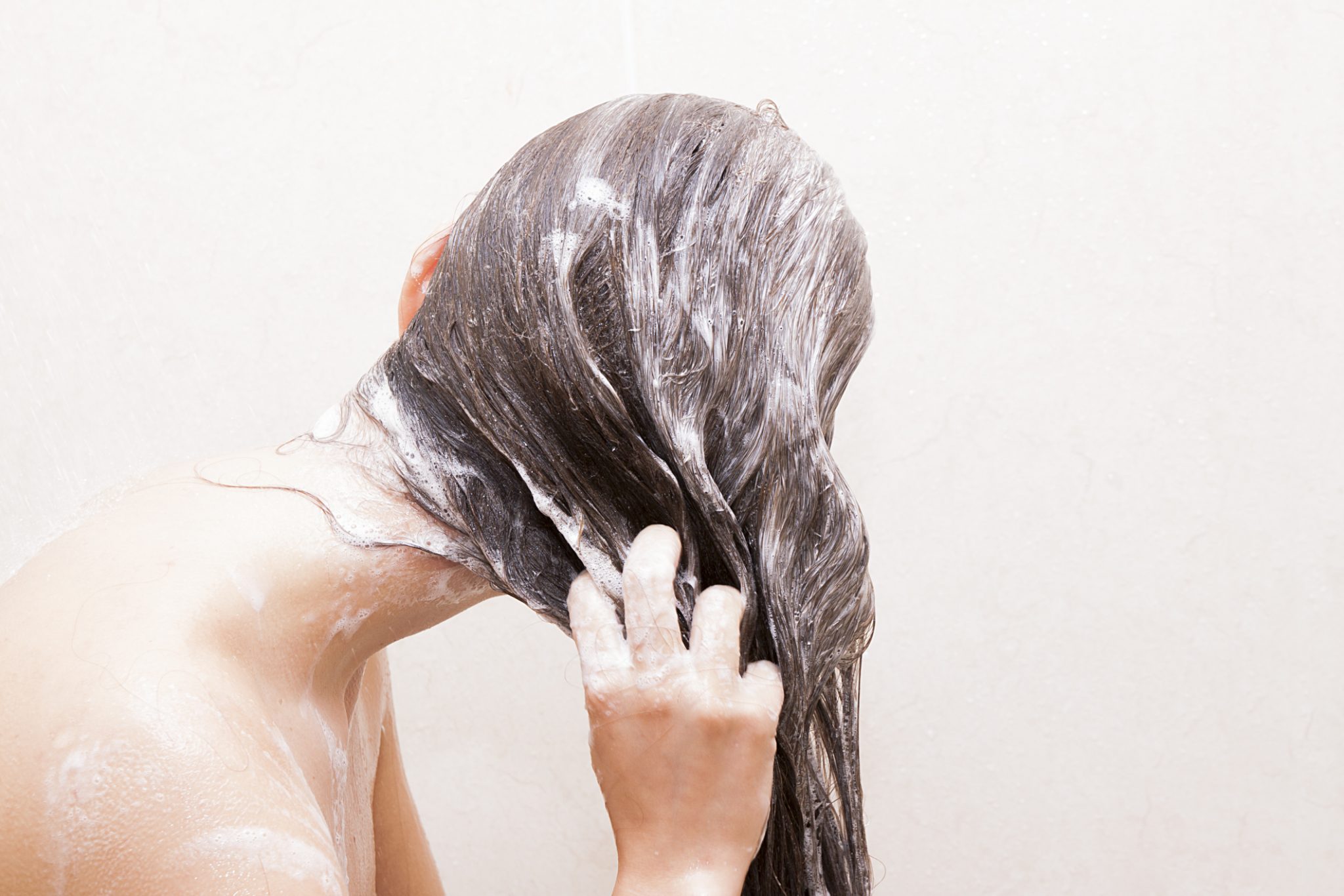Contents:
- Medical Video: BPA in Food Containers: What You Need to Know
- Various codes on plastic containers for food and drinks
- Code 1
- Code 2
- Code 3
- Code 4
- Code 5
- Code 6
- Code 7
- Then, which plastic container is the best to use?
Medical Video: BPA in Food Containers: What You Need to Know
You must be careful in choosing plastic containers that you will buy or use, because not all plastic containers are good for storing food. Some of them can even make your food or drink contaminated with chemicals contained in it. Then how to find out the right and healthy container for storing food or drinks?
Various codes on plastic containers for food and drinks
If you buy a plastic container for food or drink, make sure that the container is included in the category food grade. Labeled container food grade interpreted as a safe container for storing food or drinks. Each plastic container has its own code and this code can help you determine whether the container is good or at risk for health.
The code consists of numbers 1-7 and is usually found at the bottom of a plastic container. The following are the codes in the food container:
Code 1
The type of plastic that forms this container is called politiethylene tereflalat (PET). Containers with code 1 have properties such as, clear, strong, impermeable to gas and water, but do not hold heat when the temperature reaches 80 degrees Celsius. You can find this code in packaging bottles, drink cans, soy sauce bottles or chili sauce.
Code 2
Made of plastic high density polyethylene (HDPE) and is usually used for liquid milk or juice bottles, and plastic caps on food packaging. This type of container will soften at a temperature of 75 degrees Celsius.
Code 3
This container consists of polyvinyl chloride (PVC) type which is strong, hard, and cannot stand when heated at 80 degrees Celsius. The use of this type of container is usually for vegetable oil, soy sauce, beverage packaging, and some food wrappers.
Code 4
This container of code 4 consists of low density polyethylene which is usually used for yogurt containers as well as fresh food bags.
Code 5
Coded 5 is made of a hard but flexible type of polypropylene. Besides that, it is resistant to the temperature of hot food, hot oil, and can survive if it is heated to a temperature of 140 degrees Celsius. Usually baby bottles are made of this type of plastic and are classified as safe.
Code 6
Sterofoam is one example of a food container that has a code 6. This container is formed from polystyrene and cannot stand the hot temperatures. In addition to sterofoam, ready-to-eat food containers, disposable glasses also usually have the code.
Code 7
Containers with code 7 are made of various types of other plastic that have not been mentioned or mixtures of several types.
Then, which plastic container is the best to use?
You should avoid using containers labeled 3, 6, and 7. While containers that have codes 1, 2, 4, and 5 are containers that are safe for use in storing food and drinks.
In addition, in the use of plastic containers, you must pay attention to several things so that your food is always healthy and maintained, such as:
- Avoid using containers that have a code 7 or labeled PC (polycarbonate plastic).
- As much as possible avoid any product made of plastic that has code 3.
- Do not use plastic containers - with labels and any code - as a place to heat food in the microwave. This is to avoid chemical contamination which might occur when the container is heated.
- Although a plastic container product claims that the product can be used as a container when heating food, do not believe it fully. Because contamination can still occur, especially if your food contains a lot of fat.
- The use of coded 1 plastic containers should only be used once, because more than one use can increase the risk of contamination.

